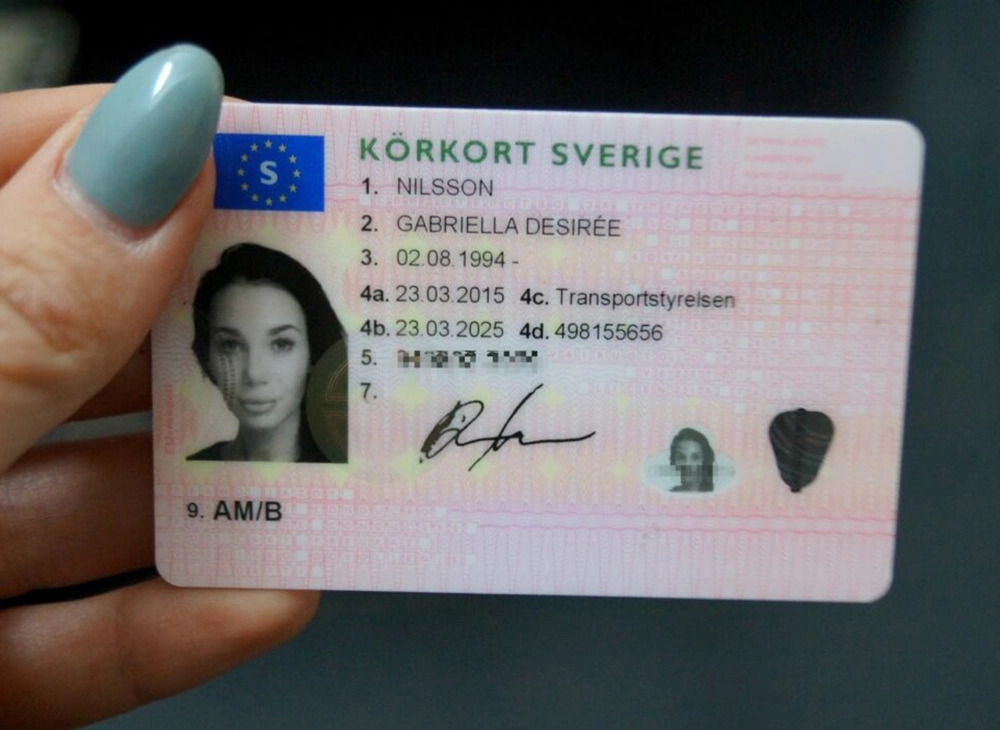
Körkortsintyg Online
FollowOverview
-
Founded Date 21 December 1929
-
Sectors Telecommunications
-
Posted Jobs 0
-
Viewed 4
Company Description
Why Is Everyone Talking About Address Transportstyrelsen Right Now
Understanding Transportstyrelsen: Sweden’s Transport Agency
Transportstyrelsen, or the Swedish Transport Agency, plays an essential function in the management and guideline of various transportation sectors within Sweden. Responsible for guaranteeing safe, effective, and sustainable transport systems, this company manages a broad range of transportation modes, including roadway, rail, air travel, and maritime. This article explores the agency’s structure, functions, guidelines, and influence on the Swedish transport landscape.
Summary of Transportstyrelsen
Developed mainly to improve the management of the transportation sector, Transportstyrelsen combines several functions associated with traffic safety, facilities, and environmental effect. The agency runs under the Ministry of Infrastructure and Köp ett C-körkort online (healthcarestaff.org) operates in collaboration with city governments, private sector stakeholders, and international companies.

Key Functions of Transportstyrelsen
Transportstyrelsen’s responsibilities incorporate a broad scope, which can be summed up as follows:
-
Regulatory Framework Development
- Develop regulations and standards for all transportation modes.
- Screen compliance and implement appropriate laws and instructions.
-
Licensing and Registration
- Handle the licensing process for chauffeurs and transport companies.
- Maintain an extensive database of registered automobiles and aircraft.
-
Traffic Safety Promotion
- Conduct research and collect information on transport safety.
- Carry out campaigns targeted at increasing public awareness about traffic safety.
-
Sustainability Initiatives
- Promote eco-friendly transport services.
- Encourage the adoption of electrical and alternative fuel lorries.
-
International Collaboration
- Engage with other European and international transport authorities.
- Get involved in efforts targeted at balancing transportation policies across borders.
Organizational Structure
Transportstyrelsen is organized into numerous departments, each concentrating on particular transport methods:
- Road Traffic Department
- Train Department
- Maritime and Air Traffic Department
- Environment and Sustainability Department
- Financial Analysis and Strategy Department
This structure enables for specialization and focused efforts in managing the varied aspects of transport within Sweden while making sure that all departments work collaboratively towards common goals.
| Department | Key Responsibilities |
|---|---|
| Road Traffic Department | Handles driver licensing, automobile registration, and roadway security regulations. |
| Train Department | Supervises train safety, infrastructure development, and service quality. |
| Maritime and Air Traffic Department | Controls shipping and air travel, guaranteeing compliance with security requirements. |
| Environment and Sustainability Department | Addresses transport-related environmental issues and promotes sustainability practices. |
| Economic Analysis and Strategy Department | Performs economic analyses to inform policy and method on transport efforts. |
Effect on the Swedish Transport System
Transportstyrelsen’s influence on the Swedish transport system is extensive. The firm’s guidelines and policies shape the security, efficiency, and environmental effect of transport in Sweden. Secret contributions include:
- Enhanced Safety Standards: By setting stringent security guidelines and constantly keeping track of compliance, the agency helps lower accident rates and improve overall roadway, rail, and air safety.
- Promotion of Public Transport: Through investments and assistance for public transport systems, the company encourages a shift from personal automobile dependence to more sustainable and ecologically friendly transportation modes.
- Assistance for Innovations: The company promotes development in the transportation sector by supporting new technologies such as electrical lorries and wise traffic systems, aiming to fulfill both present and future obstacles in transportation logistics and environmental management.
Regulation Compliance
To make sure compliance with Transportstyrelsen’s guidelines, stakeholders in the transportation sector must adhere to numerous guidelines and requirements. This includes getting required licenses, going through inspections, and submitting reports on security efficiency.
Essential Compliance Areas
- Motorist Licensing Requirements
- Vehicle Inspection Standards
- Safety Protocols for Transport Operations
- Ecological Regulations for Vehicle Emissions
- Operational Standards for Public Transport Services
Offenses of these regulations can lead to substantial penalties, including fines and the revocation of licenses or licenses.
Frequently Asked Questions (FAQs)
What is Transportstyrelsen?Transportstyrelsen, or the Swedish Transport Agency, is the government authority accountable for controling all elements of transport in Sweden, consisting of roadway, rail, maritime, and aviation sectors. How does Transportstyrelsenguarantee safety in transportation?The company establishes and implements policies, conducts research study, and executes security projects to promote safe transport practices among all roadway users. What types of vehicles does Transportstyrelsen regulate?Transportstyrelsen manages a vast array of lorries, including automobile, business automobiles, motorbikes, aircraft, and maritime
vessels. How can I contact Transportstyrelsen?Transportstyrelsen can be contacted through their official site where different resources, contact information, and types for questions are provided.
Is there an appeal process for licensing decisions made by Transportstyrelsen?Yes, people and business can appeal decisions made by Transportstyrelsen relating to licenses and policies as outlined in their main
standards. Transportstyrelsen is an important part of Sweden’s transport landscape, ensuring that the systems in location are not just efficient and effective however likewise safe and environmentally conscious. Its multifaceted obligations,
from regulation to public security, develop a structure that benefits both the Swedish population and the more comprehensive transportation network. Comprehending Transportstyrelsen’s roles and functions assists stakeholders navigate the complexities of the transport sector, promoting compliance and promoting advancements essential for future sustainability.


